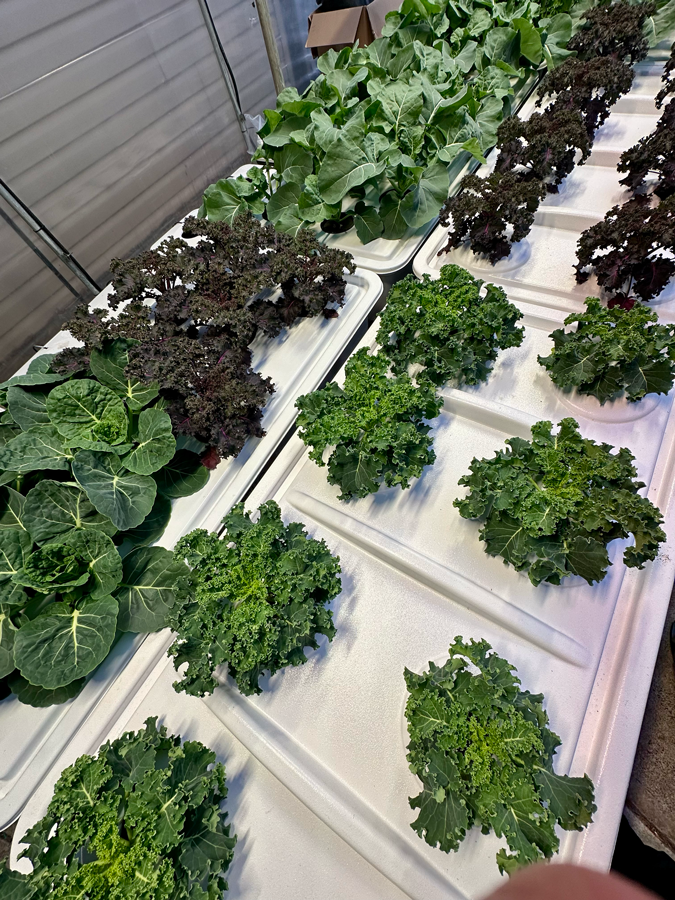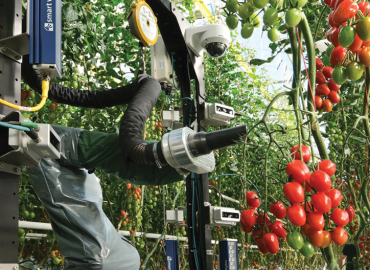Aeroponics VS DWC

Popular Medium-less Growing Systems Compared
Aeroponics VS DWC: which is better? Both growing methods can produce excellent yields and high-quality crops, but they operate quite differently. Based on years of hands-on experience in greenhouse and indoor garden settings, we’ll compare the two systems to help you decide which one best suits your needs.
Skill Level & Ease of Use
DWC (Deep Water Culture) and Recirculating DWC systems generally offer a gentler learning curve, especially for beginners or DIY growers. These systems are simpler to build and maintain, with fewer moving parts. Since roots are constantly submerged in nutrient solution, there’s less risk of dehydration, and temperature swings are buffered.
Aeroponics has a reputation for being more temperamental, but that’s often due to its DIY history. Modern aeroponic systems, especially those professionally designed with proper SOPs, are much more reliable. As commercial adoption has grown, so has the knowledge base—and the availability of quality components like high-pressure pumps and specialized misting nozzles.
For beginners building from scratch, DWC is likely the safer bet. However, when managed correctly, aeroponic irrigation can produce outstanding results. Timed nutrient misting cycles give growers the opportunity to push plant performance to the next level—but require more precision and management.
Growth Rates
Both aeroponics and DWC/RDWC systems deliver excellent growth, but the type of growth differs. DWC-grown plants tend to be taller and more elongated, making them ideal for growers focusing on fewer, larger plants. In contrast, aeroponic-grown plants are typically bushier and more compact, with more nodes and leaves per inch of vertical growth. This structure is ideal for high-density planting and quicker harvest cycles.
Above: Aeroponic systems are excellent for high density cropping
Crop Yields
Either system can yield impressive harvests, but the composition of those yields can vary. DWC plants often grow large quickly and produce big fruits and flowers, but they tend to have a higher water content versus aeroponic grown plants.
Above: DWC Systems can support heavy plants and yields
Aeroponic plants, which have more exposure to ambient air, usually contain more dry matter. While their overall size can rival DWC plants, the harvested material is denser and potentially more valuable—especially in systems optimized for fast turnover and high planting density. With proper management, this could mean more harvests per year.
Crop Quality
Crop quality is subjective, but both systems outperform traditional soil growing in our experience. Water culture methods tend to deliver cleaner flavors and aromas—what you’re tasting is the plant itself, not the soil or fertilizer.
While we don’t have Aeroponics VS DWC hard data, our qualitative observations strongly favor aeroponics when it comes to herbs. The flavor and aroma intensity is noticeably higher, and the texture has a richer, “oilier” feel, suggesting increased essential oil production. Our aeroponic-grown broccoli and kale, for example, are easily the best-tasting we’ve ever harvested—across decades of growing, including with organic methods.
Above: Sweet & crisp healthy aeroponic broccoli harvest
The post Aeroponics VS DWC appeared first on GROZINE.






